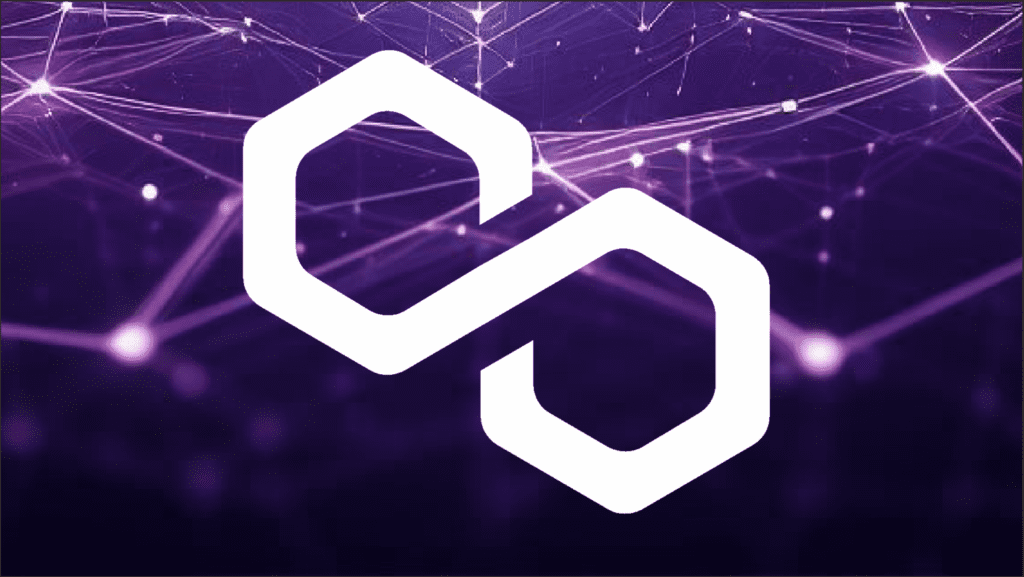What is Polygon?
Polygon is a suite of scaling solutions designed to empower developers to create decentralized applications (dapps) with high throughput, low transaction fees, and quick finality.
By redirecting transactions from the Ethereum mainnet to a sidechain, a blockchain that operates in parallel with Ethereum, and a distinct Layer 2 zkEVM network, Polygon processes transactions more swiftly and economically than Ethereum.
Polygon’s inception is attributed to three developers and co-founders: Jaynti Kanani, Sandeep Nailwal, and Anurag Arjun, the original co-founders. The project’s development began in 2017 under the name Matic Network.
How does Polygon work?
To enhance scalability of Ethereum-based apps, Polygon employs two scaling techniques: a sidechain named Polygon PoS and a zero-knowledge rollup network known as Polygon zkEVM.
- Polygon PoS: This proof-of-stake sidechain functions in parallel with Ethereum and accommodates notable crypto applications like Uniswap and Aave.
- Polygon zkEVM: A Layer 2 network based on ZK-Rollups, aiming to harness Ethereum’s security for Polygon’s advantage.
The MATIC token
MATIC, the native cryptocurrency of the Polygon network, operates primarily as a unit of exchange on the Polygon PoS sidechain. Notably, the MATIC token supply is capped at 10 billion tokens.
The token has two main roles: First, it is used to cover transaction fees on the PoS sidechain. Second, it acts as a governance token for both the Polygon PoS sidechain and zkEVM Layer 2.
In July 2023, Polygon Labs proposed migrating MATIC tokens to become POL, an upgraded version of the token designed for staking on multiple ZK rollup-based chains within the Polygon ecosystem. The proposed POL token is designed to function across all Polygon protocols, encompassing both the Polygon PoS, zkEVM, and other planned blockchains from the team. This integration will enable Polygon validators to use POL tokens and authenticate transactions across various chains.


